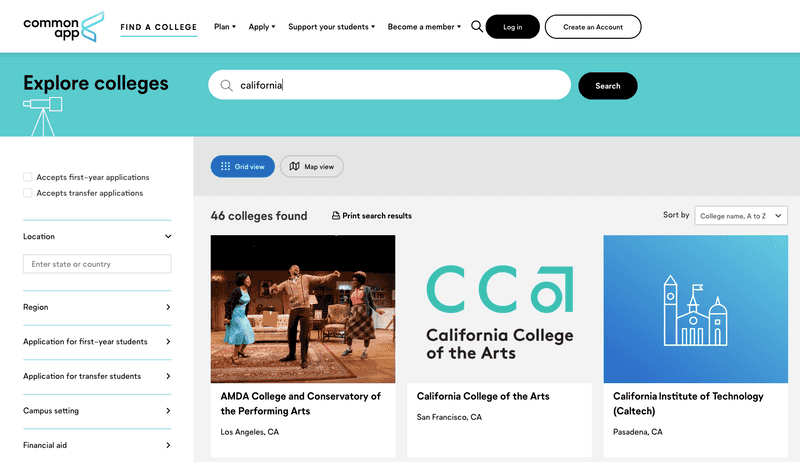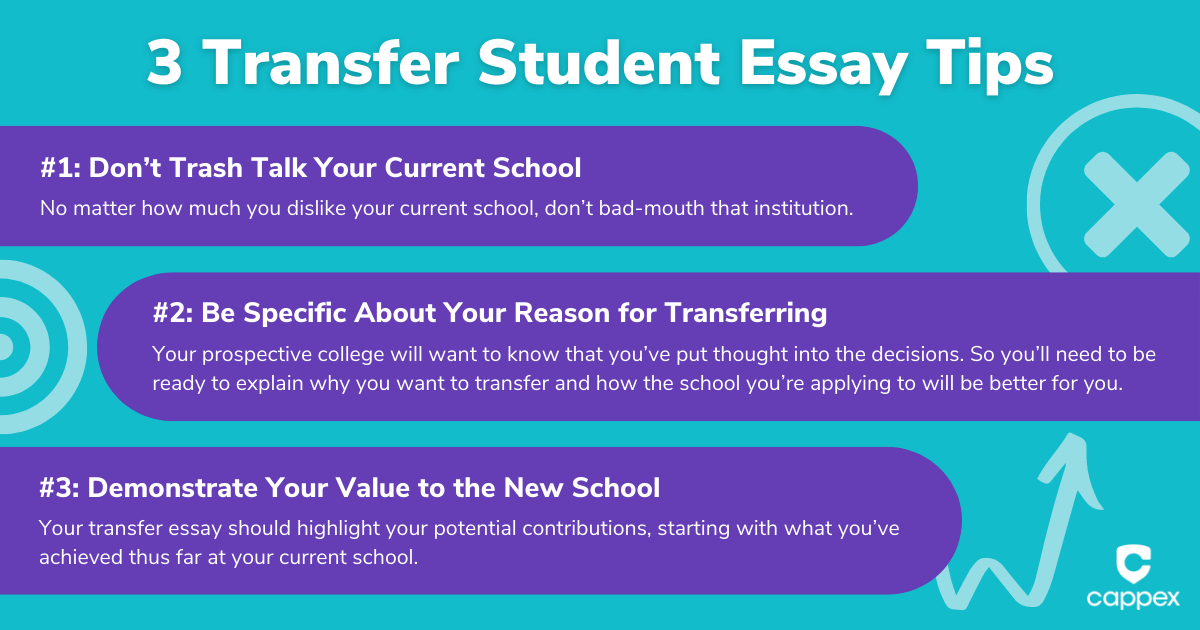Key Takeaways
The Common App provides a unified platform for transfer students to apply to multiple colleges with one application.
‘Transfer’ on the Common App refers to students who have enrolled at a postsecondary institution after high school and are looking to move to another institution.
Applicants typically need to include their academic history, a personal essay, and details of their college experience in their transfer application.
It’s important to carefully select which experiences to include on the Common App transfer application to best showcase your skills and achievements.
Quality trumps quantity when it comes to detailing experiences; it’s better to focus on a few significant activities that highlight transferable skills.
Decoding the Common App for Transfer Students
So, you’re thinking about transferring colleges. Maybe you’re looking for a better fit, or perhaps you’re ready for a new challenge. Whatever your reasons, there’s a tool designed to streamline the transfer process: the Common App for transfers. This application portal allows you to apply to multiple colleges at once, saving you time and effort. But before diving in, let’s get clear on what the Common App transfer pathway involves and how to navigate it effectively.

“CEA’s Common App TRANSFER Tutorial …” from m.youtube.com and used with no modifications.
What the Common App Transfer Pathway Involves
The Common App transfer pathway is a one-stop shop for students looking to change their college or university. It simplifies the transfer process by collecting all the necessary application components in one place. This means you can submit your personal information, academic records, and supplemental materials to several institutions without having to fill out multiple applications.
Advantages for Transfer Students Using the Common App
Why go through the Common App? Well, besides being a huge time-saver, it’s also user-friendly and widely accepted by colleges and universities. Plus, it provides helpful tools and resources to guide you through the application process, ensuring you don’t miss a beat.
Understanding the Transfer Process on the Common App
Transferring colleges can feel like a daunting task, but the Common App makes it more manageable. To get started, you’ll need to understand the basics: what ‘transfer’ means on this platform and what the application entails.
First, create an account on the Common App website.
Next, gather your academic and personal information.
Then, start filling out the application sections, which include your academic history, a personal essay, and details about your college experience.
Lastly, submit your application to the colleges of your choice.
Let’s break down these steps further to ensure you’re on the right track. For additional guidance, make sure to avoid common mistakes on the Common App to ensure a flawless process.
Defining ‘Transfer’ on the Common App Platform
On the Common App, a ‘transfer’ student is someone who has enrolled in a college or university after high school and wants to move to a different institution. This could be for a variety of reasons, including academic fit, financial considerations, or personal growth. If you’ve taken college-level courses after high school graduation, you’re likely considered a transfer applicant.
Eligibility Criteria for Transfer Applicants
Not everyone can use the Common App transfer application. To be eligible, you need to have completed a certain number of credit hours at your current institution. The exact number can vary by college, so it’s important to check the requirements of each institution you’re interested in. Additionally, you’ll need to be in good standing with your current college and meet any specific criteria set by the schools you’re applying to.
Key Components of the Common App Transfer Application
As you gear up to use the Common App for your transfer application, understanding its key components is crucial. The application is divided into sections that include your personal information, academic history, and a portion that allows you to showcase your experiences and achievements. Each section is your opportunity to tell your story and make an impression on the admissions committee.
Gathering Your Academic History
One of the most important parts of your transfer application is your academic history. Here, you’ll provide information about the institutions you’ve attended, courses you’ve completed, and grades you’ve earned. Be thorough and accurate; this section gives admissions officers insight into your academic journey and preparedness for their institution.
Remember to include any college credits you may have earned during high school through programs like AP, IB, or dual-enrollment courses. These can play a significant role in demonstrating your readiness for college-level work and may also transfer as credits to your new institution.
Detailed Experiences Section: Quantity vs Quality
When it comes to detailing your experiences in the Common App transfer application, focus on quality over quantity. It’s better to provide in-depth information about a few significant experiences than to list every single activity you’ve participated in. Think about what you’ve learned from these experiences and how they’ve prepared you for your future academic and career goals.
The Optimal Number of Experiences to Showcase
There’s no one-size-fits-all answer to how many experiences you should include on your transfer application. However, a good rule of thumb is to highlight 3-5 experiences that best represent your skills, achievements, and growth. Choose experiences that align with the values and objectives of the institutions you’re applying to, as this can make your application more compelling.
Choosing Relevant Experiences for Your Transfer Application
Selecting which experiences to include on your application should be strategic. Consider including leadership roles, community service, significant class projects, or work experience related to your intended field of study. These types of experiences can illustrate your commitment, responsibility, and ability to contribute to a new college community.
Highlighting Transferable Skills and Accomplishments
In your descriptions, be sure to highlight transferable skills such as teamwork, communication, problem-solving, and time management. Accomplishments like awards, recognitions, or significant project outcomes also deserve a spotlight. These details can set you apart from other applicants and provide a fuller picture of who you are beyond your academic record.
FAQs
Transferring to a new college is a big step, and it’s natural to have lots of questions. Here are some of the most common questions about using the Common App for transfers, along with clear, detailed answers to help you navigate the process with confidence.
What are the primary requirements for a Common App transfer application?
The Common App for transfer students requires several key pieces of information:
Personal Information: Basic details like your name, address, and demographics.
Academic History: Information on the high school and colleges you’ve attended, courses taken, and grades.
College Coursework: Specifics on the college-level classes you’ve completed.
Personal Essay: An essay that explains your reasons for transferring and your academic interests.
Extracurricular Activities: Details on your involvement in clubs, organizations, work experience, and other significant activities.
Each college may have additional requirements, such as letters of recommendation or supplemental essays, so always check with the individual institutions you’re applying to.
How can I determine which experiences to include in my application?
To decide which experiences to include on your Common App transfer application, consider the following:
Relevance: Choose experiences that relate to your intended major or showcase skills important to your academic and career goals.
Impact: Highlight experiences where you had a significant role or made a noticeable difference.
Growth: Include activities that demonstrate personal growth or the development of specific skills.
Remember, it’s not about the number of experiences, but the depth and impact they’ve had on your journey.
What is the significance of the essay in a transfer application?
The personal essay is a critical part of your transfer application. It’s your opportunity to speak directly to the admissions committee and provide context for your academic record. Here, you can explain why you’re transferring, what you hope to achieve at the new institution, and how your previous experiences have prepared you for this next step. A well-crafted essay can make a strong impression and set you apart from other applicants. For more guidance on the transfer process, consider exploring Common App Transfer resources.
Can I use the Common App to apply to any college as a transfer student?
While the Common App is widely used, it’s not universal. Not every college accepts the Common App for transfer students, so it’s crucial to verify whether the schools you’re interested in are part of the Common App network. You can find a list of participating institutions on the Common App website. If your chosen college isn’t on the list, you’ll need to apply using their specific application process.
How do I keep track of my application status on the Common App?
Keeping track of your application status on the Common App is straightforward. For more detailed guidance, you can refer to the Common App Transfer process outlined by CollegeAdvisor.
Log into your Common App account regularly.
Check your Dashboard for updates on each college’s application status.
Follow up on any outstanding tasks or missing documents.
Reach out to college admissions offices if you have questions or need clarification on your application’s progress.
Staying organized and proactive will help ensure a smooth application process.




